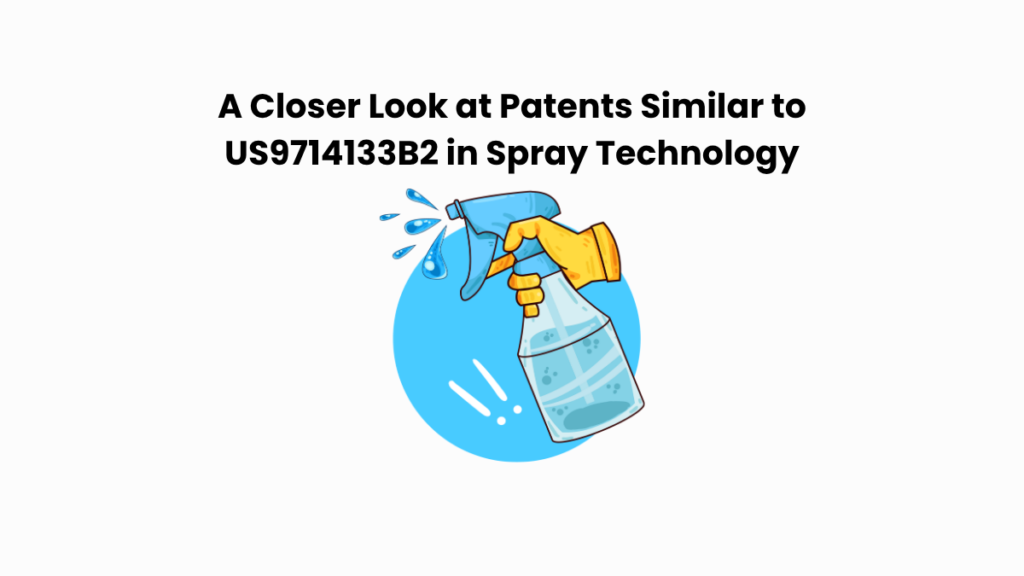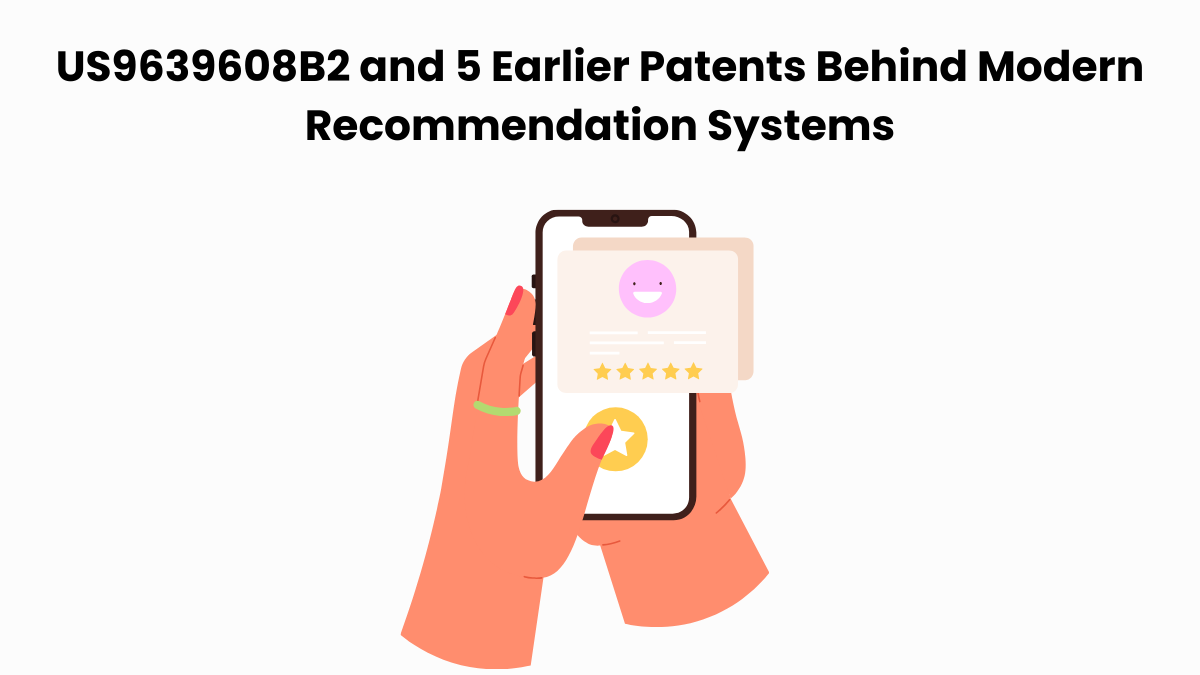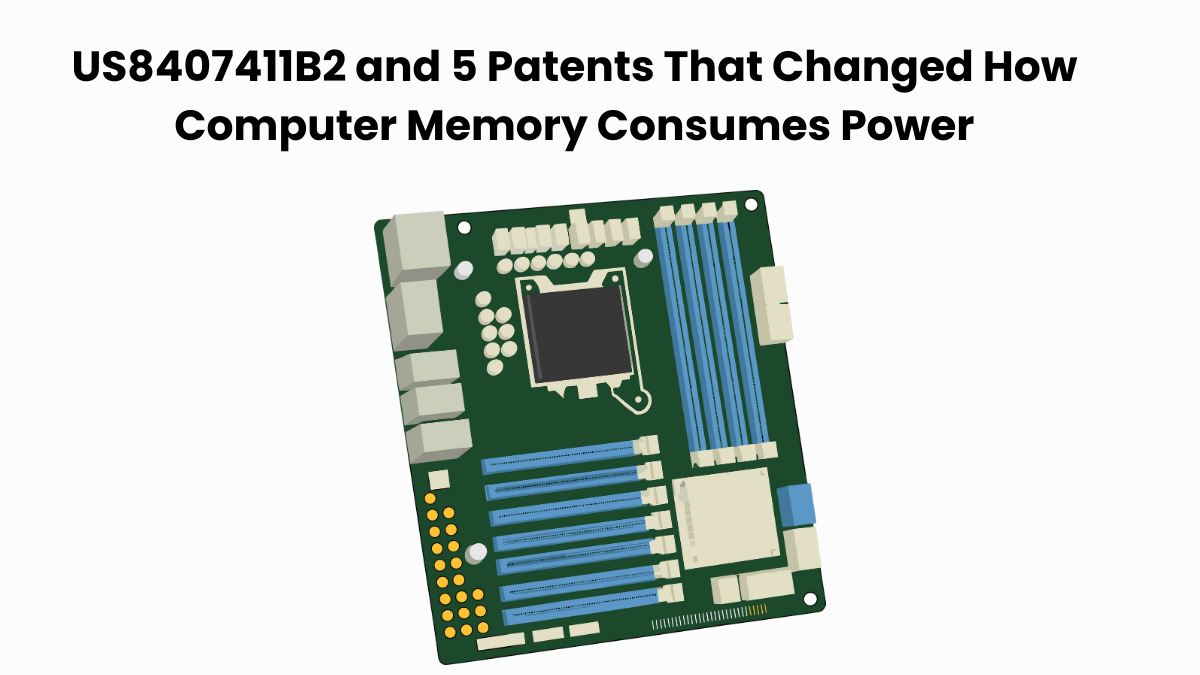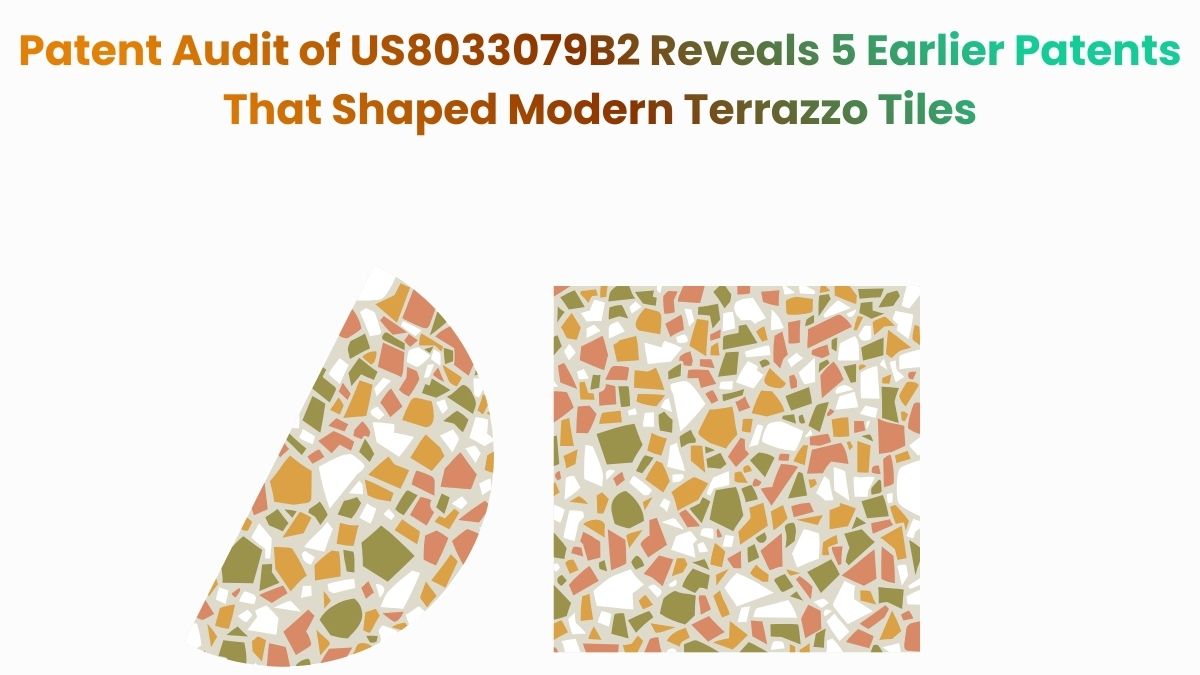Some inventions go unnoticed. Others redefine how products are made, used, and improved. US9714133B2 belongs to the second group.
This patent, now part of the case Beauty It Is Inc. v. Dispensing Technologies BV et al., covers a spray device called Flairosol II. It combines a pressure chamber, a dome valve, and precompression technology to deliver a fine, controlled mist without the need for propellants. It’s used in beauty, cleaning, and other consumer products.
In this article, we explore how to find related patents using the Global Patent Search (GPS) tool. We’re not here to focus on legal claims. Instead, we look at similar ideas, technologies, and designs. If you’re in product research or intellectual property strategy, this is a focused, data-driven approach to understanding where Flairosol fits within the broader patent landscape.
Understanding Patent US9714133B2
US9714133B2 describes a liquid dispensing device that mimics the spray quality of aerosol cans, without using harmful propellants. Commonly known as “Flairosol II,” this device relies on internal mechanical pressure to deliver a continuous, fine mist. It incorporates a pressure chamber, piston system, and dome valve to regulate flow and prevent leakage. Designed for use in consumer products such as cosmetics, cleaning supplies, and personal care, this technology aims to provide a cleaner and more controlled spraying alternative to traditional aerosol packaging.
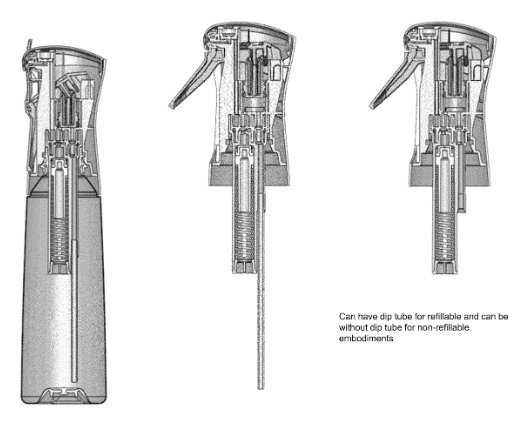
Source: Google Patents
Its four key features are
#1. Pressure chamber with spring mechanism: Stores liquid under pressure using a piston and spring to simulate the behavior of an aerosol.
#2. Dual-valve piston chamber: Controls intake and output of liquid, ensuring directional flow and preventing backflow.
#3. Dome valve at the outlet: Opens only when the internal pressure exceeds a preset level, allowing a spray and preventing drips.
#4. Continuous or activated spray options: Can operate via repeated trigger strokes or through a user-activated button to release a stored spray.
The device’s efficiency lies in its ability to deliver consistent spray patterns through internal pressurization without relying on external propellants. Its dome valve and precompression system ensure precise control over fluid release, making it both environmentally and functionally advanced.
Fun Fact: Fluid-handling matters in care settings. US11589969B2 addresses oral fluid management with a perforated, high-evacuation mouthpiece, complementary to controlled-spray technology, where droplet size and hygiene are critical.
Similar Patents As US9714133B2
To explore the innovation landscape surrounding US9714133B2, we ran the patent through the Global Patent Search tool. Below is a quick glimpse of the GPS tool in action:
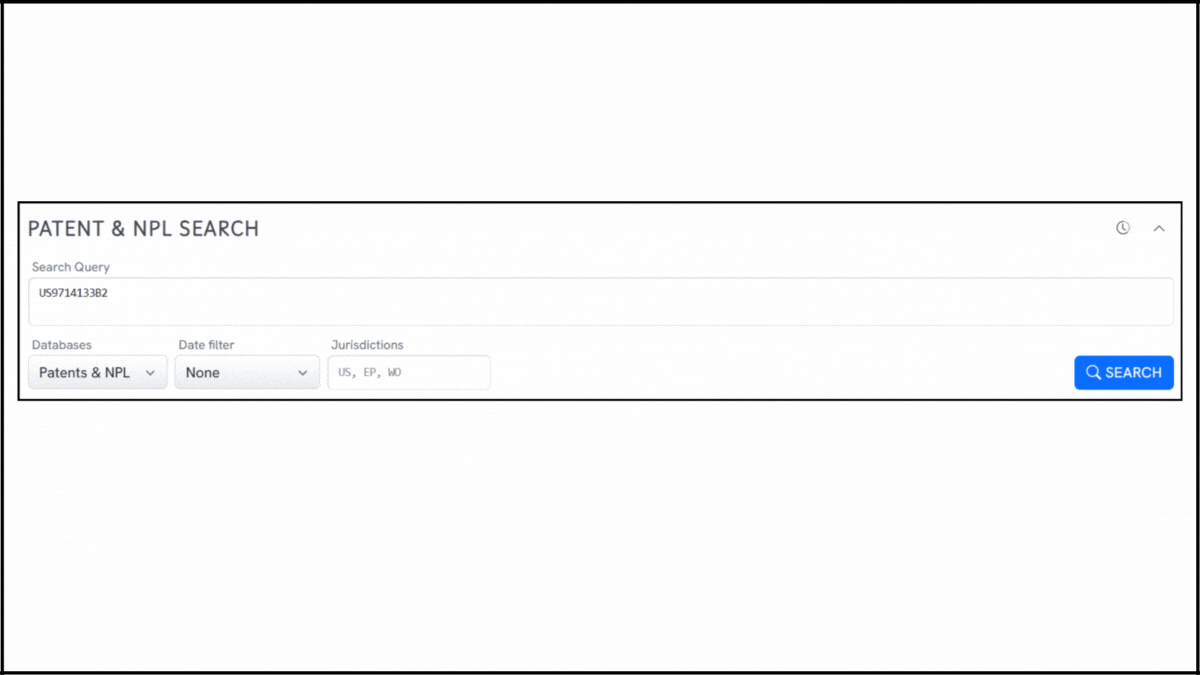
Source: Global Patent Search
This analysis surfaced a list of related patents that share technical similarities in fluid pressurization, valve-controlled spray systems, and user-actuated dispensing mechanics. Below, we highlight five of these references that reflect comparable ideas in spray device engineering and functionality. These examples offer insight into how similar fluid control challenges have been approached across various systems.
#1. US4635830A
This US patent, US4635830A, published in 1987, outlines a portable, self-powered herbicide dispensing system designed to deliver liquid through a hand-held wand. The system relies on a piston-spring mechanism, check valves, and user controls to manage the pressurized liquid flow and enable continuous or pulsed spraying.

Source: GPS
What this patent introduces to the landscape?
- Piston-driven pressure system: A return spring and piston chamber create internal pressure for fluid dispensing.
- Check valve integration: Inlet and outlet check valves regulate one-way liquid flow and prevent backflow.
- Adjustable spray control: A stroke adjustment knob allows users to fine-tune the spray output.
- Continuous spray capability: A control switch and button enable uninterrupted spraying once activated.
How it connects to US9714133B2?
- Both use a spring-loaded piston to pressurize liquid before discharge.
- Each system relies on check valves to control flow direction and maintain chamber integrity.
- Both offer a form of continuous spray enabled by internal pressure mechanics and user activation.
Why this matters?
This early reference illustrates how mechanical pressure and valve-controlled dispensing have been utilized for a long time to achieve a reliable spray output. US9714133B2 builds on these foundations by optimizing the internal pressure system for consumer-friendly applications like cosmetics and cleaning sprays while improving spray consistency and leak prevention.
#2. NZ595444A
This New Zealand patent, NZ595444A, published in 2013, outlines a liquid spray dispenser that uses a pressure chamber and pump mechanism to deliver a consistent spray. The system features a spring-loaded piston or inflatable bladder for storing liquid under pressure, along with spray control via a user-activated valve.
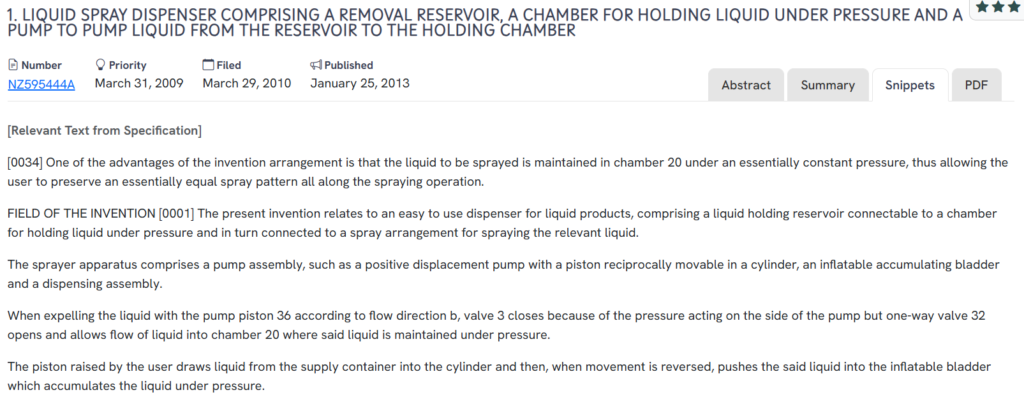
Source: GPS
What this patent introduces to the landscape?
- Constant-pressure dispensing chamber: A rigid chamber holds liquid under sustained pressure using a piston and spring or inflatable bladder.
- One-way valve system: Directs fluid from the reservoir into the pressurization chamber without backflow.
- Manual piston pump mechanism: The user draws liquid into a cylinder and pumps it into the pressure chamber.
- User-controlled spray valve: Pressurized liquid is only released when a valve near the nozzle is manually activated.
How it connects to US9714133B2?
- Both use a spring-loaded chamber to maintain pressure and support consistent spray output.
- Each includes a manual piston and check-valve system for drawing and directing fluid.
- Both separate the pumping action from the actual spraying via intermediate liquid storage under pressure.
Why this matters?
This reference highlights the benefits of decoupling pumping from spraying to maintain a consistent output pressure. Similar to US9714133B2, NZ595444A demonstrates how mechanical pressure systems can eliminate the need for chemical propellants while enhancing control and performance in consumer spray devices.
#3. CA1126702A
This Canadian patent, CA1126702A, published in 1982, outlines a pressure-fillable dispensing device designed to deliver metered quantities of an aerosol composition. The system features a discharge tube with a cup-shaped piston that controls fluid metering and allows for container refilling under pressure.
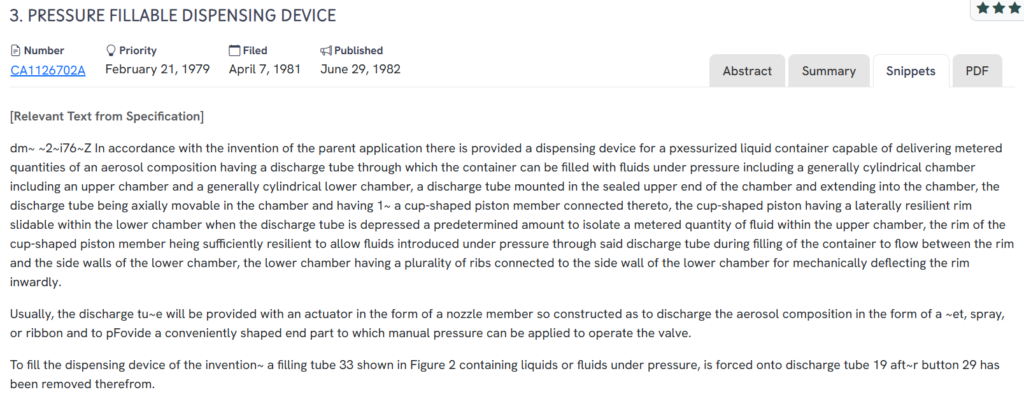
Source: GPS
What this patent introduces to the landscape?
- Metered dispensing system: A movable piston isolates a specific volume of liquid for each discharge cycle.
- Pressure-fillable chamber: Fluids are introduced under pressure through the same discharge tube used for spraying.
- Resilient cup-shaped piston: The piston rim flexes to allow pressurized filling and reseals to maintain chamber integrity.
- Spray-pattern actuator: The discharge tube features a nozzle attachment that allows for user-controlled spray output in various forms.
How it connects to US9714133B2?
- Both devices use internal piston systems to manage and control fluid volume during dispensing.
- Each employs a pressurization mechanism that enables an aerosol-like spray without the use of chemical propellants.
- Both designs support controlled spray activation through a user-operated nozzle or valve mechanism.
Why this matters?
CA1126702A demonstrates early innovation in mechanically controlled, refillable spray devices. Its use of metered chambers and refill-through-nozzle functionality foreshadows modern advancements seen in US9714133B2, which refines these principles into a consumer-friendly format with enhanced environmental performance and consistent spray delivery.
#4. EP0826608A1
This European patent, EP0826608A1, published in 1998, outlines a gas-pressurized spray mechanism for aerosol products. It features a nozzle assembly with internal regulator components that maintain consistent spray pressure, even as the internal container pressure fluctuates during use.
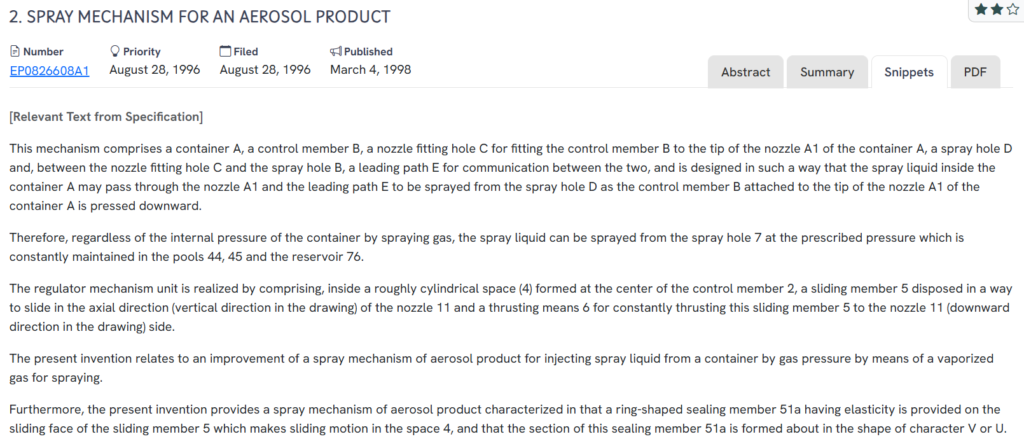
Source: GPS
What this patent introduces to the landscape?
- Pressure-regulating spray path: A control member, sliding mechanism, and internal pathways regulate pressure between the container and spray outlet.
- Sliding actuator with sealing system: A spring-loaded sliding element and elastic sealing ring (V- or U-shaped) ensure precision control and tight seals during actuation.
- Consistent spray output: Designed to maintain uniform spray pressure despite variations in the internal gas pressure of the container.
- Integrated nozzle and control unit: Combines mechanical components within the nozzle tip for compact control and activation.
How it connects to US9714133B2?
- Both designs focus on delivering a consistent spray output by managing internal pressure.
- Each incorporates a mechanical actuator that controls the release of fluid from a pressurized chamber.
- Both employ sealing elements and controlled valve operation to prevent leakage and regulate spray.
Why this matters?
EP0826608A1 highlights innovations in maintaining stable spray performance as internal pressure changes, an issue addressed by US9714133B2 without the use of gas propellants. Together, these patents showcase the evolution from gas-based systems to spring-pressurized mechanical solutions that improve control, safety, and sustainability in spray dispensing.
#5. EP0686433A2
This European patent, EP0686433A2, published in 1995, outlines a dispenser for atomized fluids that features a pressure-activated shut-off mechanism. The design ensures fluid is only released when the internal pressure reaches a specific threshold, allowing for clean, controlled atomization through a sealed piston-driven system.
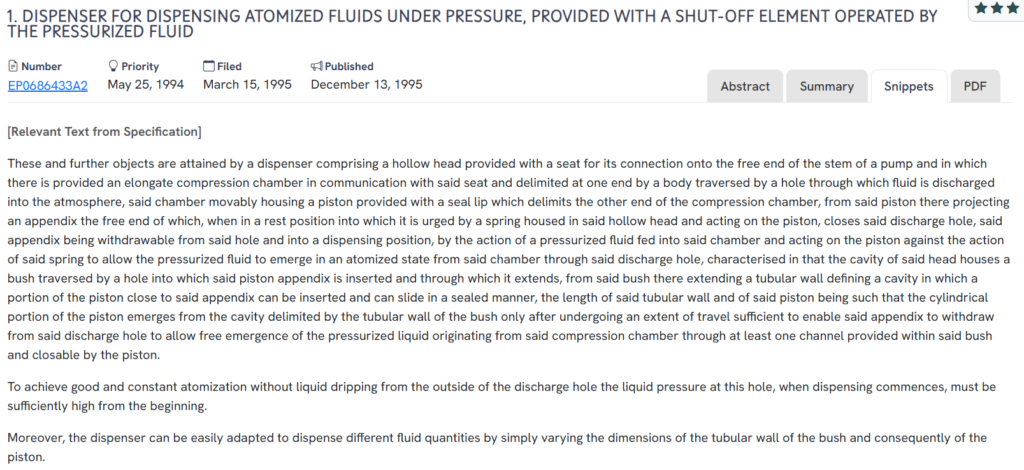
Source: GPS
What this patent introduces to the landscape?
- Pressure-responsive shut-off mechanism: A spring-loaded piston controls a sealing element that opens only when the fluid pressure exceeds the spring resistance.
- Internal compression chamber and discharge path: Fluid is pressurized within a defined chamber before being released through a discharge hole.
- Integrated seal and bush system: A bush and tubular wall guide piston movement and maintain a tight seal until the piston reaches a specific travel threshold.
- Adjustable fluid output: The fluid quantity dispensed can be tuned by altering piston and chamber dimensions.
How it connects to US9714133B2?
- Both devices use spring-loaded pistons to regulate pressurized fluid release.
- Each system maintains closed dispensing pathways until a threshold pressure is reached.
- Both prioritize clean spray initiation with no dripping or leakage from the nozzle.
Why this matters?
EP0686433A2 emphasizes the significance of internal pressure thresholds for achieving precise atomization. Like US9714133B2, it uses a mechanical shut-off and pressurization system to enhance spray performance, highlighting how controlled, piston-based mechanisms remain central to high-performance, non-aerosol dispensing solutions.
Related Read: Just as spray systems in US9714133B2 rethink compact utility, US9907453B2 shows how foldable mats and structured racks reinvent everyday dish drying for tight kitchen spaces.
How to Find Related Patents Using Global Patent Search?

Understanding the broader innovation landscape around a patent can be essential for developing advanced spray devices, improving fluid control systems, or refining mechanical dispensing designs. The Global Patent Search tool streamlines this process, enabling users to uncover inventions that employ similar pressure-based mechanisms or flow-regulating architectures. Here’s how it works:
1. Enter the patent number into GPS: Type in a patent number like US9714133B2 into the GPS tool. The platform converts it into an intelligent query, which can also be fine-tuned using keywords related to dispensing, pressurization, or valve design.

2. Explore conceptual snippets: Rather than mapping individual features, GPS now delivers focused text snippets. These highlight functional similarities in other patents, revealing how fluid chambers, piston systems, or spray nozzles operate across different inventions.

3. Identify related inventions: The tool uncovers patents that share structural and operational themes, such as precompression valves, refillable chambers, or spring-loaded actuators, providing insight into how mechanical spray systems have evolved.
4. Compare systems, not legal claims: GPS emphasizes practical system behavior over legal interpretation. It allows users to study functional overlaps in design and control logic without diving into claim language.
5. Accelerate cross-industry insights: Whether you’re working on packaging solutions, cosmetic sprayers, or eco-friendly household dispensers, GPS provides a clear view into adjacent innovations that might otherwise be overlooked.
With this concept-focused approach, Global Patent Search empowers engineers, IP professionals, and product teams to explore patent spaces with more clarity, enabling better decisions and stronger innovation strategies.
Disclaimer: The information provided in this article is for informational purposes only and should not be considered legal advice. The related patent references mentioned are preliminary results from the Global Patent Search tool and do not guarantee legal significance. For a comprehensive related patent analysis, we recommend conducting a detailed search using GPS or consulting a patent attorney.

